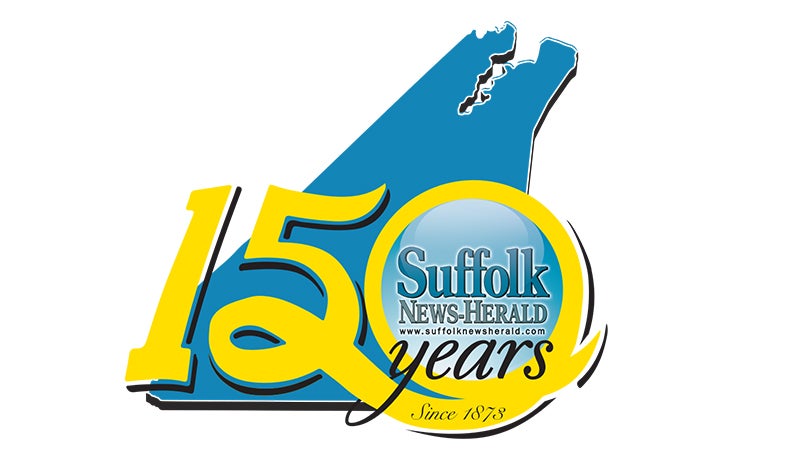Column – Important scientific research
Published 6:10 pm Tuesday, April 4, 2023
|
Getting your Trinity Audio player ready...
|
World War II was a thing of the past; however, while technically a time of peace, the tension of war was still found world wide. Russia and communism caused much stress. Several organizational leaders were accused of being communist.
After the use of atomic bombs in Japan at the end of the war, scientists continued to perfect and test the weapons for potential future use. News also came out, whether true or rumored, about various other countries having nuclear weapons. The most concerning, based on news reports, was Russia. Tensions between the United States/United Kingdom and Russia were the beginning of what would come to be known as the Cold War.
In late July 1948, President Harry S. Truman issued the second peacetime military draft in the United States, amid increasing tensions with the Soviet Union (the first peacetime draft occurred in 1940 under President Roosevelt). Under the new draft law, 18-year-olds could voluntarily enlist for one year rather than wait to be drafted for a two-year duration. Following the one-year tour, confined to the continental United States, the men had to spend four to six years in an organized reserve unit. All men 18 to 25 had to register for the draft, but could not be drafted until they were 19.
Other notable military events found a headline on the front pages of the News-Herald, such as when on July 26, 1948, President Truman signed Executive Order 9981, ending racial segregation in the United States armed forces.
The same year, the battle-famed USS Wisconsin was deactivated. This ship is locally well known, as it now sits as a museum in downtown Norfolk.
Women began to make the news in the military, as the first woman, in peacetime, was sworn into the armed forces. Also, the VFW organized the Ladies Auxiliary unit.
Several times a month, a short story would appear on the front page announcing the homecoming of a fallen war hero. The remains of local military men killed in Europe and the Pacific Islands were transported back to Suffolk for reburial.
On April 4, 1949, the North Atlantic Treaty was signed in Washington, D.C., creating the NATO defense alliance.
Community help was a big thing. At the end of the 1940s, it seems, people went out of their way to help neighbors. Many front-page fundraising campaigns ran during this time for victims of fire. Every campaign mustered hundreds of dollars in addition to clothing and household goods within a few days.
A local community group, the Suffolk Lions Club, celebrated its silver anniversary in 1948, (it celebrates its 100th anniversary this year.) As part of the celebration, “Moonlight and Roses,” “Drifting and Dreaming” and “Sleep Kentucky Babe” were sung to the crowd. These same songs were sung at its charter night in 1923.
Based on headlines, science was making new breakthroughs every day. One area of interest was space. On June 11, 1948, the first monkey astronaut, Albert I, was launched into high subspace. On June 14, 1949, Albert II, a rhesus monkey, became the first primate to enter space but died on impact at return. Astronomers were also studying Mars. One story noted green spots that were observed. It was hypothesized that they could be some form of plant life.
Scientists were studying everything, including mosquito bites. “Government people who counted thousands of mosquito bites jotted down these vital statistics on their scratch pads. 1. Mosquitoes scored only five hits in 1,000 dive bombing attacks on a human target clothed in an army field jacket. 2. But the pesky things broke through 690 times in 1,000 strikes against light Navy nylon opposition. 3. After testing 56 kinds of clothing materials, the Agriculture Department’s entomologists (bug and insect specialists) came to the sad conclusion that no cloth is skeeter-proof.”
Another example of important scientific study was ants. “All ants are not busy. It depends entirely upon which ant you are watching, the American Museum of Natural History scientists say. They’ve just returned from Panama and a five-month study of ant behavior there. They report 40% of the ants spend their time lolling about the nest all day, 40% are good workers and the remainder work just occasionally.”
Jen Jaqua is the creative director for the Suffolk News-Herald. She can be contacted at jen.jaqua@suffolknewsherald.com



